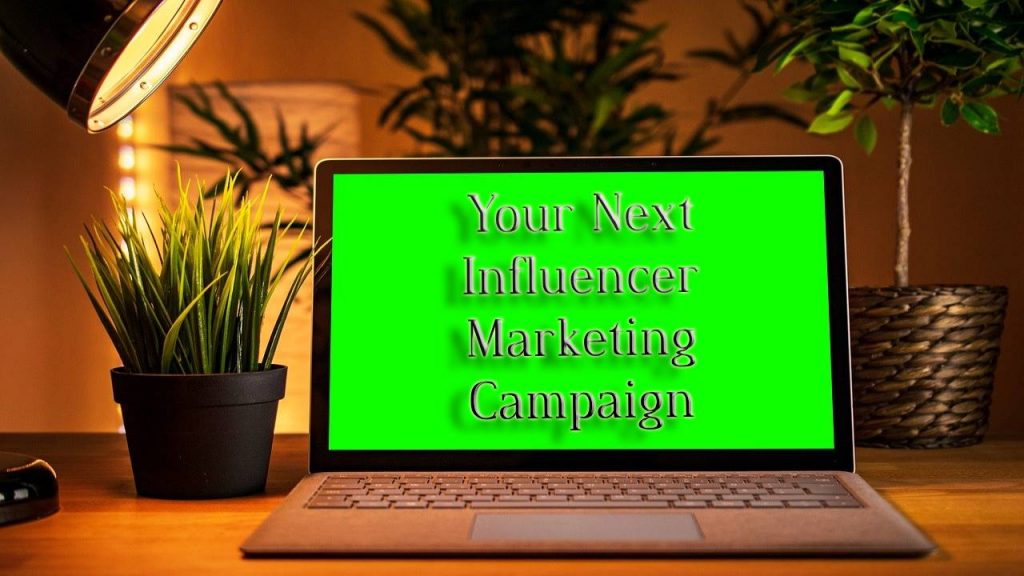Influencer marketing has become a staple in the world of marketing. It allows you to leverage the influence that everyday consumers have over their followers. Think about it: let’s say you own a line of tough, durable backpacks and brand yourself as a premium outdoor adventure travel brand. Is the average consumer more likely to take travel advice from another individual who travels regularly and posts valuable content (including photos and advice) about their adventures, or from a company that sells backpacks and wants to make a profit?
Even if you’re passionate about travel and your brand’s core mission is to communicate those values while delivering a stellar product, it still helps to have that mission communicated by an individual who shares them, rather than depends on them. Every business—no matter what their budget is—can benefit from an influencer strategy. With that in concentration, here are

Five Unique Strategies for Your Next Influencer Marketing Campaign:
Social Takeovers
Social takeovers are when influencers take over a brand’s social channels for a limited amount of time. Takeovers are highly popular in Instagram and Snapchat, but can be effective methods for other social media platforms as well. Social media takeovers can increase brand exposure, help your business gain new followers, and share different perspectives. The latter is an important part of the takeover process; having a fresh and unique point of view can resonate with a new segment of your target market and help leverage the following that the influencer already has.
Direct Mail Marketing
Direct mail is making a comeback and you can use your direct mail campaign in conjunction with your influencer marketing campaign. Direct mail is a strategy that uses mailers to connect with potential customers. There are many benefits of direct mail; it has impressive targeting capabilities, offers a nostalgic element, and there is less rivalry in the mailbox versus the digital inbox.
You can use window envelopes to allow graphics and messages on the inside to peer through to the outside, enticing viewers to open it and find out what it is. It also makes the envelope feel less intimidating, particularly when dealing with unsolicited mail (even if they’ve signed up to receive mail at some point in your sales funnel, such as when a purchase was made).
Contests
If you have a budget to give away free product or services, contests are a great way to work with influencers to boost engagement. You can leverage contests to boost engagement by including stipulations in your contests, such as tagging friends, following the brand, submitting user-generated contests, or sharing a post. Consumers love free things and it doesn’t take much to enter a social media contest. If you can swing it, work with your influencer to promote your contest and watch your engagement rate and following spike.
Affiliate Marketing
Affiliate marketing can be finely integrated into influencer marketing if executed correctly. Affiliate marketing is a tactic where an individual receives a portion of the profits they recommend when a purchase is made. When an influencer is using affiliate marketing to promote products or service for a company, they’re much more likely to be personally invested because their ability to convince a follower to make a purchase has a direct impact on the money they make for the arrangement.
But this doesn’t mean the influencer doesn’t back the product and only cares about their commission; on the contrary, it can be a lucrative way for influencers to back a product they’re passionate about. For example, best-selling author of 40 Hour Workweek Tim Ferriss has an affiliate partnership with Audible. Tim Ferriss gives blog readers and podcast listeners access to a custom Audible URL where they can receive a free audio book and can check out Ferriss’s favorite audiobooks.
Premium Content
Instead of working with influencers to promote products and services, you can build a deeper connection by presenting yourself as an influencer of your own brand through premium content. For example, if you sell weight loss and training equipment, you might start a weekly Instagram workout course (for free at first). You can work with influencers to help spread the word about your premium content, and as it grows, you can start to charge for it.

